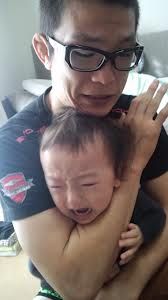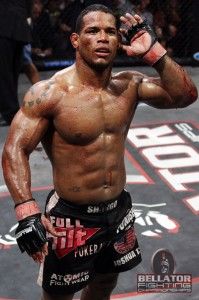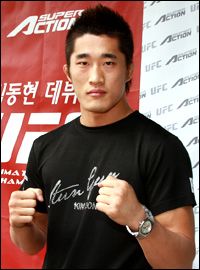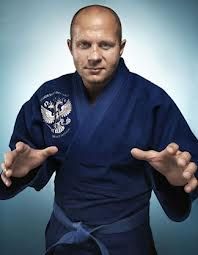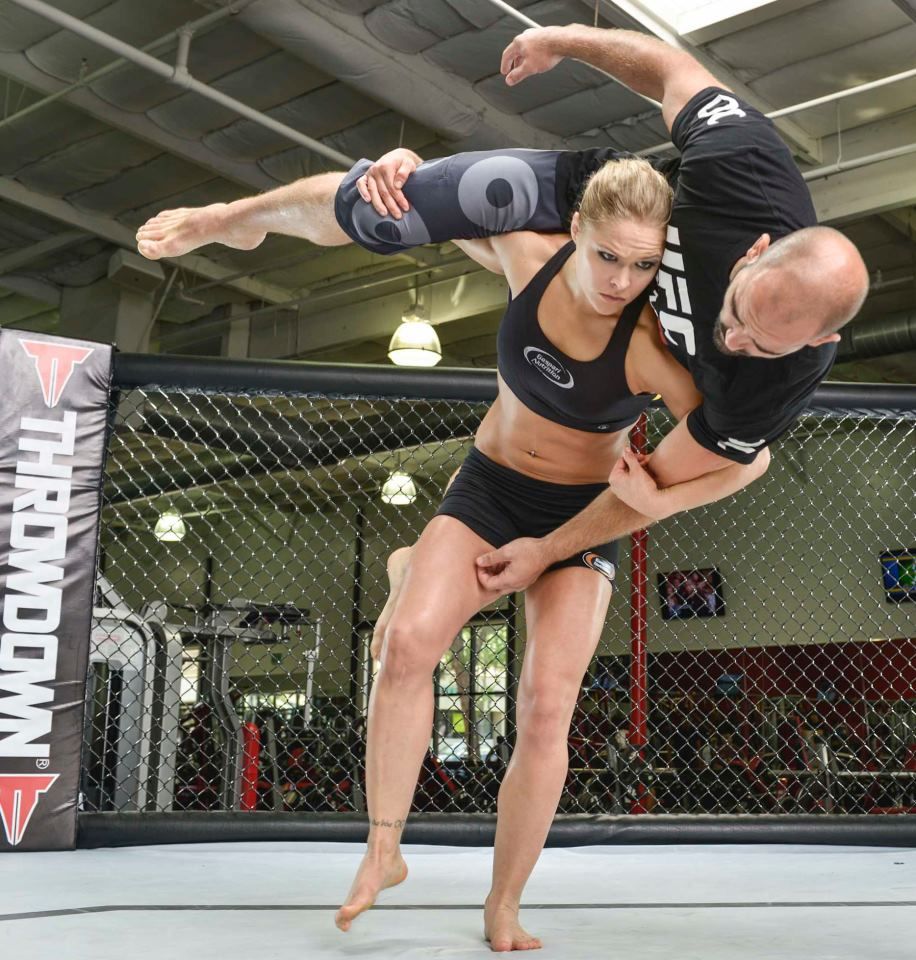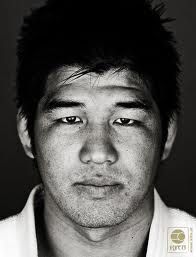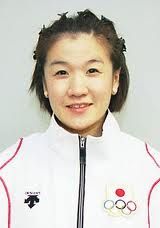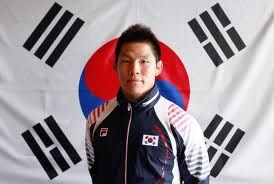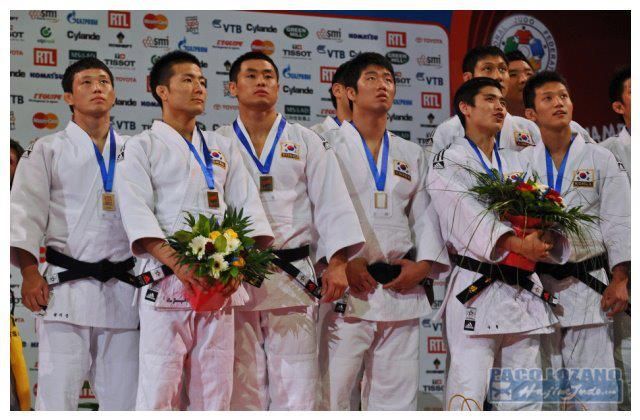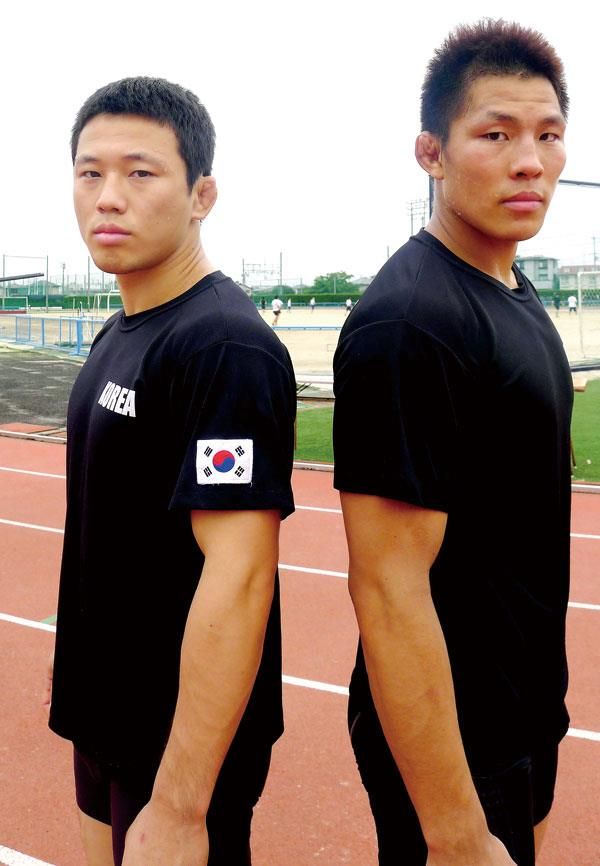Let’s face it, judo is huge and so is MMA. Judo is a high-intensity, epic sport that requires a full life sacrifice to become the best. For this reason judokas are becoming more and more prominent in the MMA scene.
I follow judo and MMA as much as any avid fan. Like anyone else, I have a soft spot for those competitors whose original style was my own – judo. So without further ado, here is MY list of 5 top judokas in MMA.
Though not a top tier judo player, Aoki still holds a black belt from Japan and was very competitive before transitioning into Brazilian Jiu Jitsu and MMA. Old videos of him on Youtube show his tendency for newaza over nage waza. Aoki is one of the most recognizable figures in Japanese MMA.
With notable wins over Rob McCullough, Marcus Aurelio, Vitor Ribeiro, and Eddie Alvarez, Aoki is no doubt one of the best in the game. Watching any of his fights clearly shows his desire to take the fight to the ground. And for good reason, once he gets there, he typical wraps it up.
Hector Lombard is a 4th dan in judo and 2000 Olympian for Cuba, one of the toughest teams in the sport. Without question, Lombard is one of the most explosive and aggressive fighters in MMA. Now fighting in the UFC, I believe he will quickly become one of the top contenders in his division.
Lombard fights out of American Top Team in Coconut Creek, FL which is where I once trained before travelling abroad to teach English. A definite throwback to Mike Tyson, Lombard’s highlight videos are a sight to behold. Let’s just say he’s better as a friend than a foe.
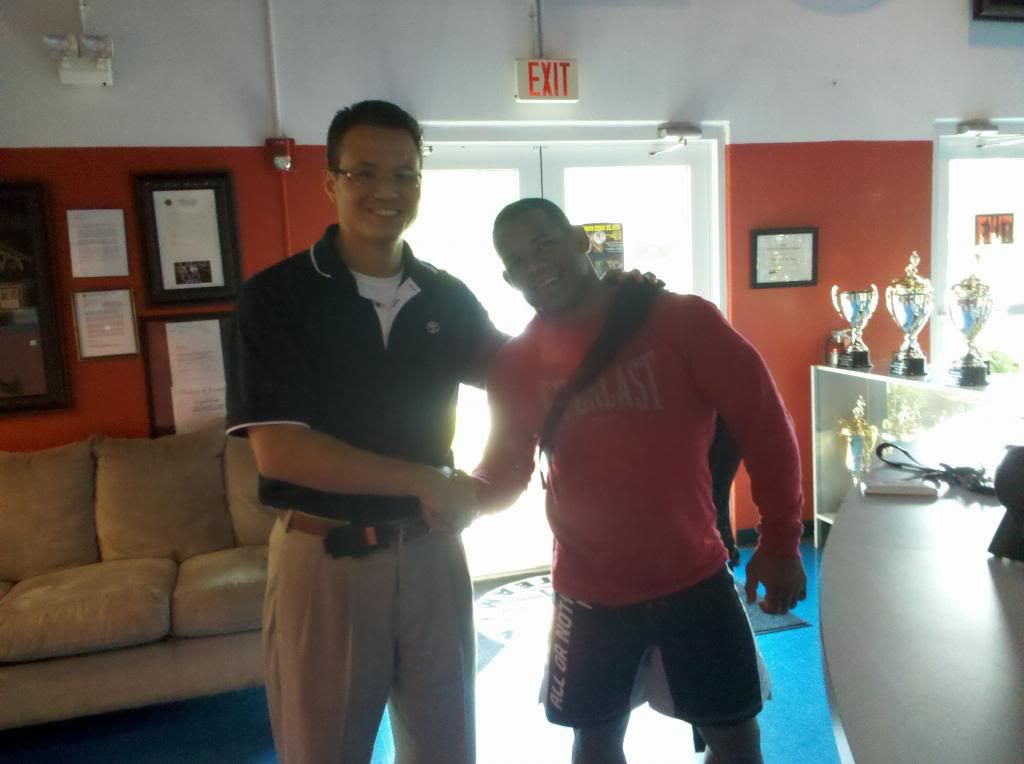 |
| With Hector Lombard at American Top Team |
Kim, Dong-Hyun is a former Yong In University judo player. What does that mean? It means he is one bad judo dude. Yong In University is Korea’s official judo and martial arts college and training site for the national team. Without being too cliché, the “best of the best” in Korea train at Yong In University. The training intensity he developed at Yong In has translated well into the MMA world.
Now one of the top contenders in the UFC, Kim is the biggest name in MMA in South Korea. What’s crazy is I train at his school – Busan Team MAD. Some great talent coming up in Busan. Be prepared.
What’s in a name? I remember watching Fedor’s first fights in Pride back in the day. When I found out he was a Russian judoka he immediately became my favorite fighter. Little did I know he would go on to be the most recognizable fighter in the game and responsible for taking MMA to new levels. A former competitive judoka from Russia, Fedor placed in several top tournaments in Russia. What’s the big deal about Russia and judo? Obviously Japan, France and South Korea don’t have the answer to that question as Russia is arguably the most dominant country in the sport today. This not including Russia’s “related” countries (e.g. Georgia, Uzbekistan, etc.) that many of us view as part of the empire in northern Asia. Russia dominated the 2012 Olympic games in judo (finishing first overall) and shows year over year that they bring the pain to the tatamis.
Fedor is one of their products. With a very long and brutal career, his days look numbered in MMA. If he ever finds himself in the ring again it will likely be as a coach or promoter. After suffering losses at the tail end of his career, it was clear that the abuse from years of fighting and the evolution of the sport have finally caught up with him. It happens, but has no bearing on the fact that this great judoka was once King of the cage for over a decade.
What can I say? You can’t overlook this girl. A Jimmy Pedro protégé, Ronda Rousey has made us all watch MMA a little more. A junior World Champion and medalist at the World Championships and Olympic Games, Rousey is the reason women are in the UFC today. Her level of play, technical ground game (a la Jimmy Pedro) and ferocity make her unstoppable at the moment. She is the biggest name in women’s MMA since the sport came about. Not only is she better looking than the ring girls, but she can turn them all into pretzels as well!
A trash talker and a pretty face, I hope she continues to put judo on the map and bring much needed recognition to all-time great, Jimmy Pedro.
 |
| Rousey and "Judo" Gene Lebell |
Oss.
